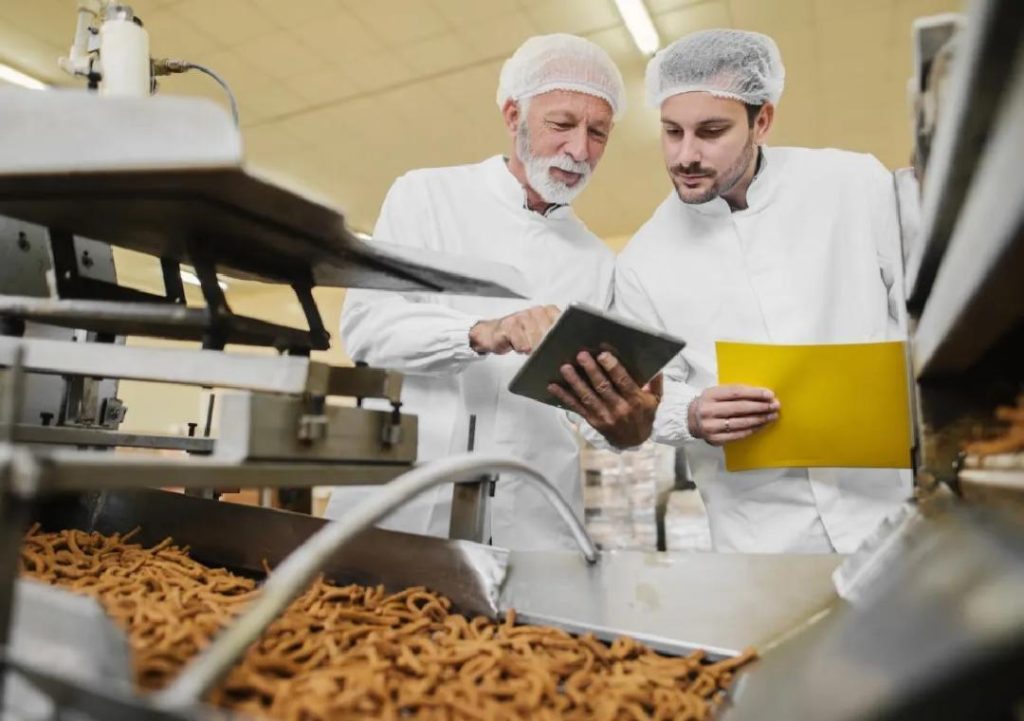
Can P&L Optimisation Redefine Success in Food Technology?
The food technology industry has come a long way in recent years, driven by innovations in automation, data analytics, and smart inventory systems. These advancements have not only improved the efficiency of food production and processing but also enabled companies to streamline their profit and loss (P&L) operations. The result is a significant reduction in waste, sharper demand forecasting, and better decision-making. By adopting scalable models, food tech businesses can boost their margins, ensure sustainable growth, and stay competitive in the industry.
In today’s fast-paced and dynamic market, P&L optimisation is no longer a nice-to-have but a must-have for food technology companies. With the increasing competition and pressure to reduce costs, companies that fail to optimise their P&L operations risk falling behind their peers. On the other hand, those that invest in P&L optimisation can reap significant benefits, including improved profitability, increased efficiency, and enhanced competitiveness.
So, what does P&L optimisation entail? At its core, it involves using data-driven insights to streamline business operations, reduce waste, and improve decision-making. This can be achieved through various means, including:
- Automation: Automating P&L operations can help reduce manual errors, improve accuracy, and increase efficiency. With automation, companies can process transactions quickly and accurately, freeing up resources for more strategic activities.
- Smart Inventory Systems: Implementing smart inventory systems can help companies better manage their stock levels, reduce waste, and improve supply chain efficiency. These systems use data analytics to track inventory levels, predict demand, and automatically reorder products when necessary.
- Data Analytics: Data analytics is a crucial component of P&L optimisation. By leveraging data analytics, companies can gain insights into their operations, identify areas for improvement, and make data-driven decisions. This can help companies reduce costs, improve quality, and increase efficiency.
- Scalable Models: Adopting scalable models is essential for food technology companies that want to achieve sustainable growth. Scalable models allow companies to adapt quickly to changing market conditions, reduce costs, and improve efficiency.
The benefits of P&L optimisation are numerous. For example, companies can:
- Reduce Waste: By streamlining P&L operations, companies can reduce waste, improve efficiency, and increase profitability.
- Improve Demand Forecasting: Smart inventory systems and data analytics can help companies better predict demand, reducing the risk of overstocking or understocking.
- Support Better Decision-Making: Data-driven insights can help companies make informed decisions, reducing the risk of costly mistakes.
- Boost Margins: By reducing costs, improving efficiency, and increasing profitability, companies can boost their margins and achieve sustainable growth.
To achieve P&L optimisation, food technology companies can take several steps. These include:
- Conducting a P&L Review: Conducting a thorough review of P&L operations can help companies identify areas for improvement and optimisation.
- Implementing Automation: Automating P&L operations can help reduce manual errors, improve accuracy, and increase efficiency.
- Investing in Data Analytics: Investing in data analytics can help companies gain insights into their operations, identify areas for improvement, and make data-driven decisions.
- Adopting Scalable Models: Adopting scalable models can help companies adapt quickly to changing market conditions, reduce costs, and improve efficiency.
In conclusion, P&L optimisation is no longer a nice-to-have but a must-have for food technology companies. By streamlining P&L operations, companies can reduce waste, improve demand forecasting, and support better decision-making. By adopting scalable models, companies can boost their margins, ensure sustainable growth, and stay competitive in the industry. As the food technology industry continues to evolve, companies that fail to optimise their P&L operations risk falling behind their peers.
Source:
https://www.growthjockey.com/blogs/p-and-l-operations-in-food-tech






